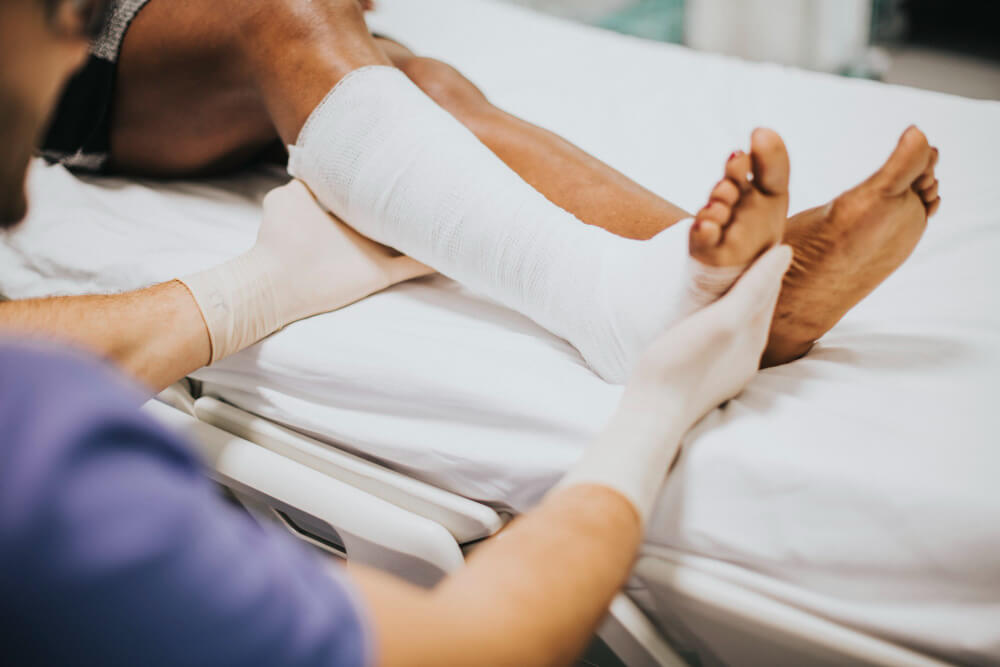Orthopedic Specialists: Your Partners in Fracture Care
Fractures, or broken bones, are a common injury that can occur due to accidents, falls, or underlying medical conditions. Orthopedic specialists are medical professionals who specialize in the diagnosis and treatment of conditions affecting the musculoskeletal system, including fractures.

Common Types of Fractures
Fractures can occur in any bone in the body, but some of the most common types include:
- Simple Fractures A break in a bone that does not break the skin.
- Compound Fractures A break in a bone that punctures the skin, increasing the risk of infection.
- Stress Fractures Tiny cracks in bones caused by repetitive stress.
- Greenstick Fractures Incomplete fractures that occur in children, where the bone bends but does not break completely.
- Comminuted Fractures Fractures that result in multiple bone fragments.
The Role of Orthopedic Specialists
Orthopedic specialists play a crucial role in the diagnosis and treatment of fractures. They can:
- Diagnose Fractures Use imaging techniques, such as X-rays, CT scans, or MRIs, to diagnose fractures.
- Develop Treatment Plans Create personalized treatment plans based on the severity of the fracture and the patient’s individual needs.
- Perform Surgical Procedures In some cases, surgical intervention may be necessary to repair a fracture.
- Open Reduction and Internal Fixation (ORIF) A surgical procedure that involves repairing a fracture by realigning the broken bones and inserting internal fixation devices, such as screws or plates.
- Closed Reduction A non-surgical procedure that involves manually realigning the broken bones.
Fracture Treatment Options
The treatment for a fracture will depend on the type of fracture, the location of the injury, and the patient’s overall health. Common treatment options include:
- Immobilization Using casts, splints, or slings to immobilize the injured area and allow the bone to heal.
- Medications Pain medications and anti-inflammatory drugs may be prescribed to manage pain and swelling.
- Physical Therapy Physical therapy can help restore range of motion, strength, and function after a fracture.
- Rehabilitation Exercises Targeted exercises to strengthen the muscles surrounding the injured area.
- Gradual Weight-Bearing Slowly increasing weight-bearing on the injured limb as it heals.
Factors Affecting Fracture Healing

Several factors can influence the healing process of a fracture, including:
- Age Younger individuals tend to heal more quickly than older adults.
- Overall Health Chronic health conditions or underlying medical problems can affect healing time.
- Type of Fracture The severity of the fracture and its location can impact healing time.
- Nutrition A balanced diet with adequate calcium and vitamin D is essential for bone health and healing.
- Smoking Smoking can interfere with the healing process and increase the risk of complications.
Complications of Fractures
Untreated or improperly treated fractures can lead to complications, such as:
- Nonunion When the broken bone fails to heal properly.
- Malunion When the bone heals in an incorrect position.
- Infection Infection can occur if the fracture breaks through the skin.
Follow-Up Care
After a fracture, it is important to follow up with your orthopedic specialist for regular check-ups to monitor your healing progress. Your doctor may recommend additional imaging studies or physical therapy as needed.
Fractures can be painful and debilitating, but with proper care, most people can make a full recovery. Orthopedic specialists play a crucial role in diagnosing and treating fractures, ensuring optimal healing and restoring function. By following your doctor’s recommendations and participating in rehabilitation, you can minimize the impact of a fracture on your daily life and return to your normal activities.
